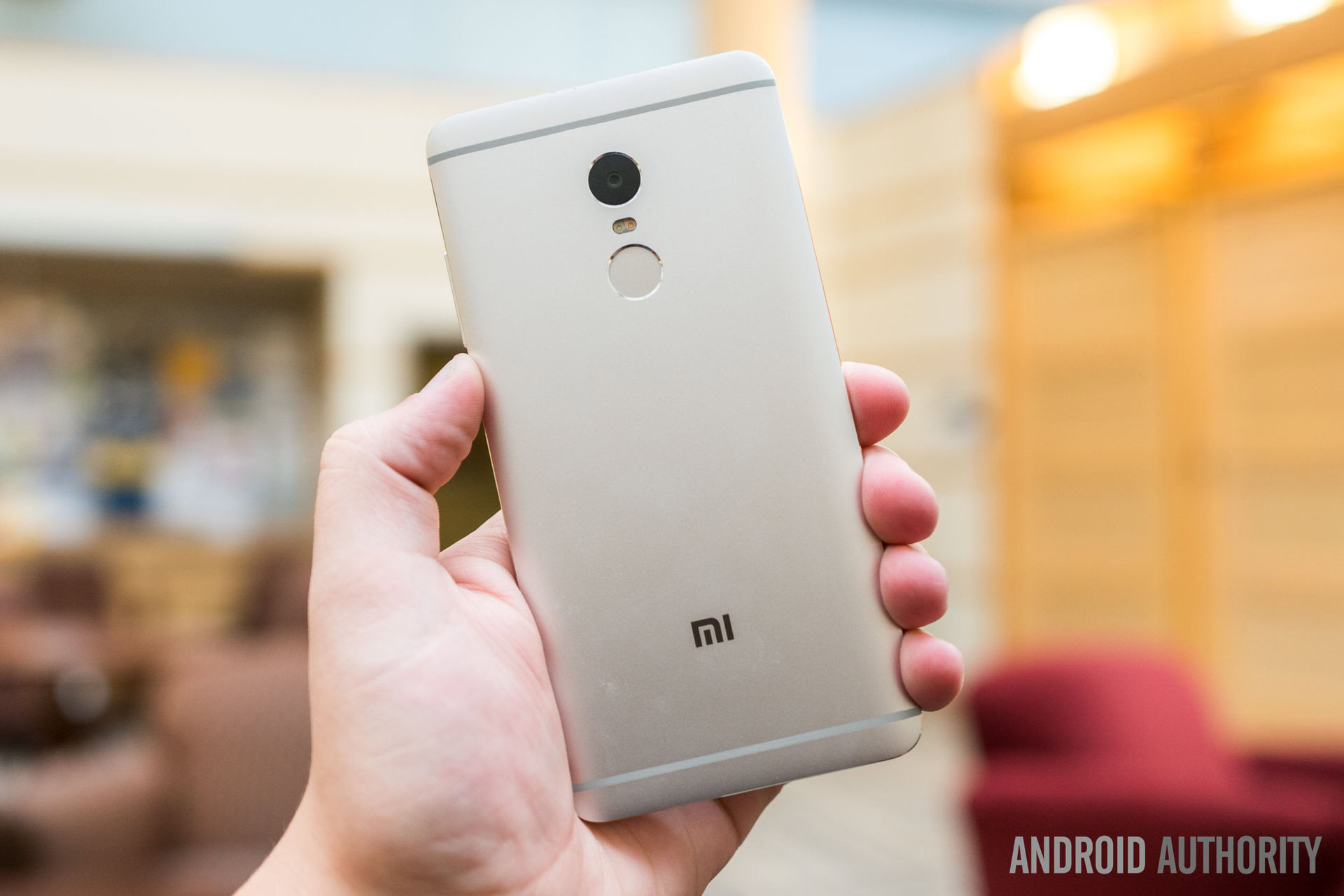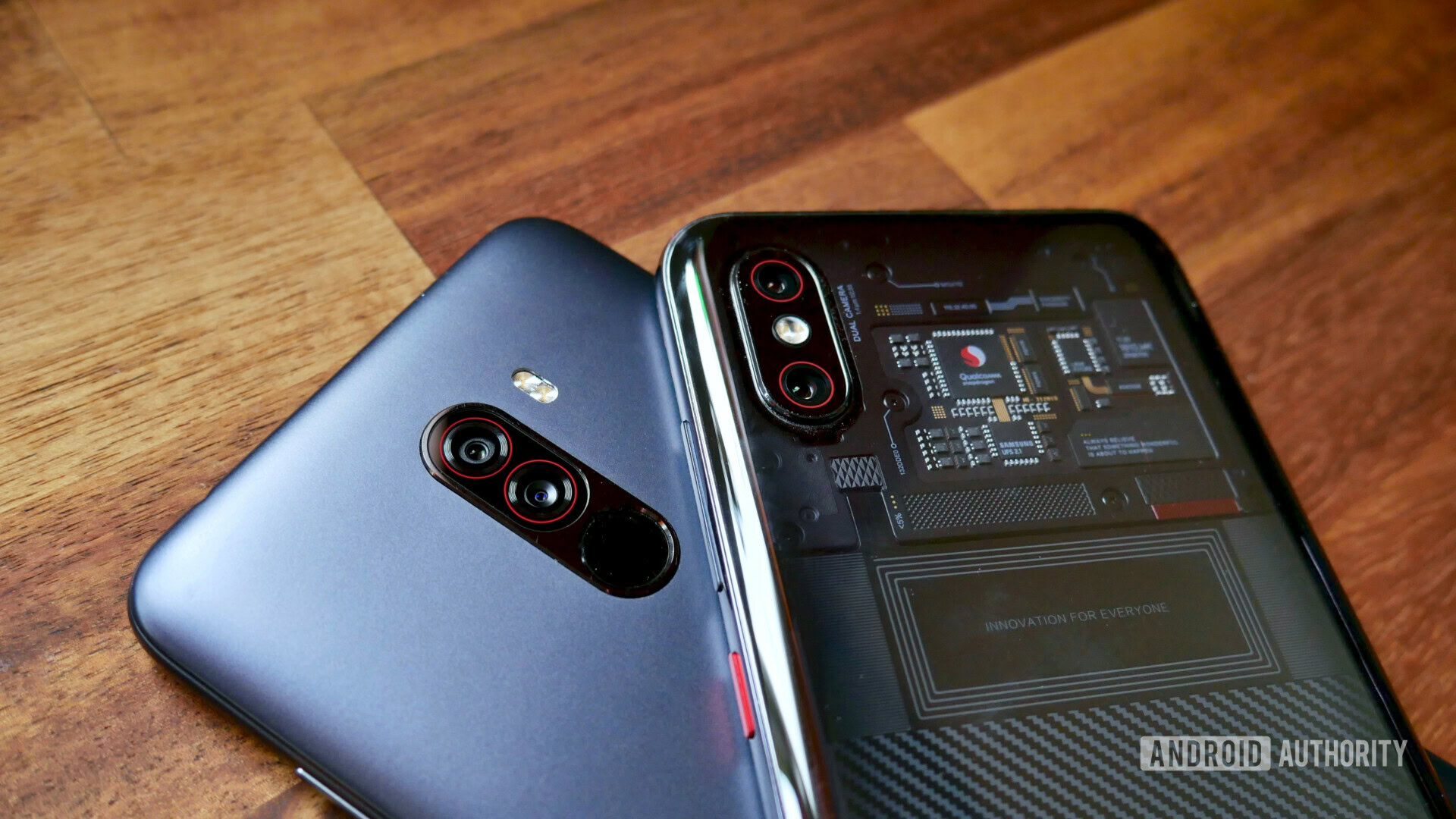Affiliate links on Android Authority may earn us a commission. Learn more.
Xiaomi eyes next growth phase, said to launch African department
January 21, 2019

- Xiaomi has reportedly launched a dedicated African department to drive expansion on the continent.
- The Chinese brand’s phones are currently available to purchase on the continent via distributors.
- A direct approach could potentially result in more device variety as well as lower prices.
Xiaomi already has a presence in African countries, albeit via third-party distributors for the most part. Nevertheless, it seems like the company is expanding its efforts by launching a dedicated African department.
Company CEO Lei Jun revealed the news in a memo to employees, according to MyDrivers (via Gizmochina). The memo notes that an “African Regional Department” will be opened in order to drive the expansion of Xiaomi’s business on the continent.
Furthermore, Jun adds that the department will be handled by Wang Lingming (formerly vice-president of Xiaomi’s international division), reporting to senior vice-president Wang Xiang.
Why is this important?
Xiaomi devices are currently sold in the likes of South Africa, Kenya, and Nigeria via distributors. In the case of South Africa, the distributor’s smartphone selection is rather sparse, consisting of the Redmi 6A, Redmi S2, and the Mi 8. That means no Mi Mix series, no Mi A2 series (although we got the Mi A1), and no Pocophone F1. This move could mean the Chinese brand plays a bigger role in distributing its devices.

Cutting out the distribution middleman could potentially result in slightly cheaper phones too. Pricing for South African devices is pretty reasonable for the most part, but there are a few outliers. For example, the 3GB/32GB Redmi S2 retails for 3,000 rand (~$217), while the device launched for ~$112 in India, ~$147 in China, and ~$203 in Spain (though the latter was the 4GB/64GB model). Of course, duties and profit margins need to be taken into account, but it certainly feels like a direct approach could help reduce the price.
Finally, we hope Xiaomi’s decision results in a bigger marketing push, as the company is still a relative unknown on the continent compared to Huawei, Samsung, and Transsion. Nevertheless, between burgeoning online sales via the likes of Jumia and Takealot, offline sales in some locales, and some of the most affordable smartphones around, there’s no reason why the brand can’t be much bigger in Africa.
We’ve contacted Xiaomi and local distributors for comment regarding the new department and will update the story if/when we receive a response.
NEXT: Are Android updates getting faster? Let’s look at the data
Thank you for being part of our community. Read our Comment Policy before posting.